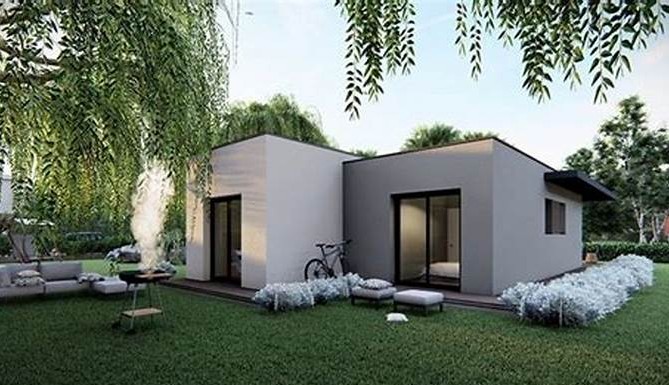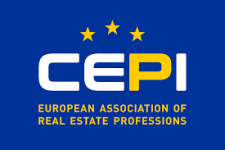GIPENewsletter (Nº 24.158) April, 22th 2025
REAL ESTATE:
A PREFABRICATED HOUSE ON MY LAND
Building a prefabricated house on your own land requires several procedures, similar to those for a traditional construction project:
Initial procedures:
- Request a Certificate of Urban Development (CAU) from the city council to determine the land’s planning conditions.
- Verify the buildable area, land classification, and any planning limitations.
- Hire an architect to draft the project, which is necessary to obtain a building permit.
The city council will evaluate the project: if it complies, it will grant the permit; if not, there will be a period of time to correct it or appeal if it is denied.
Construction and final procedures:
With the permit, construction can begin. Specialized companies usually handle the entire construction process.
The project already includes utility connections (water, electricity, sewage).
Once the project is completed, it must be registered in the Property Registry and a new cadastral reference number obtained that unites the land and the house.
Financing:
For a mortgage, the bank will require all the technical and urban planning documentation.
The initial cost of the project (approximately €30,000) is the owner’s responsibility.
Banks typically finance less than 80% of the total cost, and if they don’t approve the mortgage, the investment is lost.
In short, although prefabricated homes may be faster and cheaper, they require compliance with all the legal and technical procedures like any conventional project.
COMMUNITY OF OWNERS:
PROPOSE A SOLUTION TO THE DELINQUENT NEIGHBOR
In the community you manage, there is an owner who has accumulated several unpaid installments. Although the last meeting decided to claim the amount owed, you know that, before taking legal action, it is necessary to attempt negotiation. Below, we explain how to proceed and what alternatives may be most effective.
Recent Legal Changes
Currently, except in certain cases, a claim cannot be filed without first attempting to resolve the dispute through an Alternative Dispute Resolution Method (ADR).
Important: The president of the community, as the legal representative in all matters, will be responsible for negotiating on behalf of the owners, acting in accordance with the decisions made at the meeting.
Therefore: Before initiating any action, call a meeting to define the terms of the negotiation and the type of ADR to be proposed.
The regulations offer several alternatives (such as mediation or arbitration) and also allow for the use of other methods. Choose the one that best suits the nature of the dispute.
Although you are free to choose the ADR, it is best to present the defaulter with a formal and binding proposal, previously agreed upon at the meeting. Send this proposal by a means that guarantees its receipt.
If the neighbor rejects the offer or doesn’t respond within 30 days, they can then initiate legal proceedings with greater guarantees.
GIPE: Together we will be stronger






